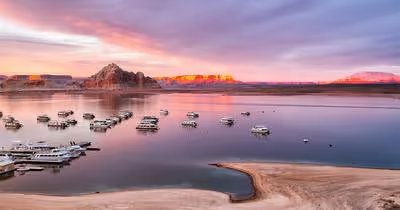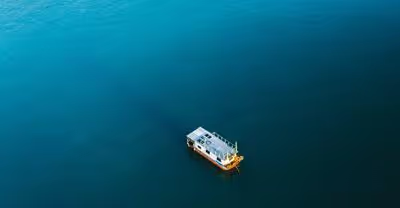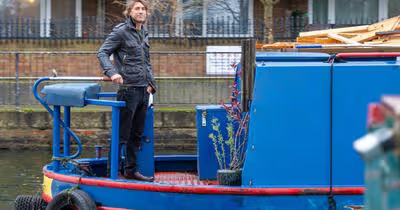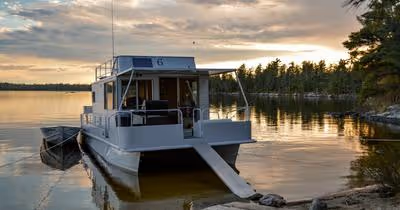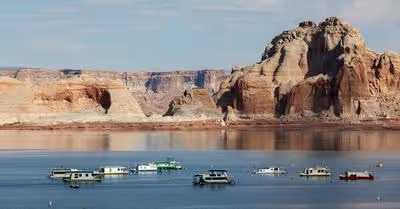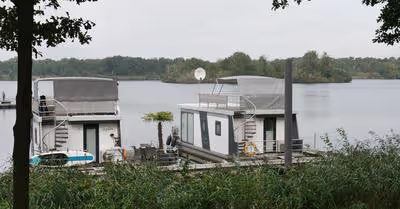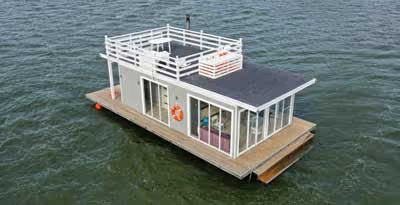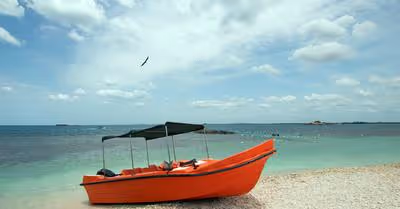
Key Takeaways
- Panga boats are outboard-powered, open fishing boats known for their efficient design.
- They originated from Yamaha's design in the 1970s and have gained global popularity.
- Panga boats offer stability and are used for both fishing and pleasure boating.
Unveiling the secrets of the panga boat: Explore their history, design, and how they have become a go-to choice for fishing and recreational adventures.
Panga boats are outboard-powered, open fishing boats originating from Yamaha's design in the 1970s. They're popular globally for their functional and efficient hull, stability, and versatility. From fishing to pleasure boating, they've become a reliable choice for enthusiasts worldwide.
Just like you, I was curious about Panga boats. So, I delved into extensive research, combining my experiences and expert insights. Now, I'm your reliable source of knowledge on all things Panga boats. Let's uncover the mysteries and shine a light on these fascinating vessels together.
What Is A Panga Boat?
A panga boat is a modest-sized, outboard-powered, open fishing boat that is common in much of third-world countries, such as Central America, the Caribbean, parts of Africa, the Middle East, and much of Asia.
The original panga design was developed by Yamaha around 1970 as part of a World Bank project. They are recognizable by their narrow beam, delta-shaped running surface, and upswept bow.
The panga boat's history and design have evolved to meet fishermen's and recreational users' changing needs in recent years. With capacities ranging from just a few passengers to larger models capable of holding a dozen or more people, these boats continue to grow in popularity.
Today, panga boats are not only an essential tool for the fishing industry but have also become a popular choice for pleasure boating, making them a versatile and reliable option for people all around the world.
History Of Panga Boats
Origins in Africa
The panga boat, with its origins in Africa, is a type of fishing boat common throughout the developing world, including Central America, the Caribbean, parts of Africa, the Middle East, and much of Asia. The original panga design was developed by Yamaha as part of a World Bank project in the 1970s.
Some key attributes of the panga design are;
- Narrow waterline beam.
- Delta-shaped running surface.
- High bow.
The panga was designed to be a functional, modestly-sized boat with increased stability for fishermen who needed to retrieve heavy nets from the water.
Popularity in Latin America
In Latin America, panga boats gained popularity thanks to their simple design and suitability for the local conditions. Unlike many U.S.-built fiberglass fishing boats of the time, pangas were crafted with a narrow waterline beam, a delta pad for optimal performance, and a high bow that minimized spray coming onboard.
Some key features of a panga boat include:
- Heavily reinforced hull
- Flotation bulge positioned along the gunwale
- Upswept bow
- Outboard motor for propulsion
Pangas commonly operate directly off beaches, boasting capacities ranging from small to large, depending on their size.
Common Uses of Panga Boats
Panga boats are versatile vessels with several common uses. Let’s explore their roles in fishing, transportation, and recreational boating.
Fishing Industry
A key reason for the popularity of panga boats in the fishing industry is their unique panga design. The high bow and narrow waterline beam allow these boats to navigate various water conditions and retrieve heavy nets easily. The boat's delta-shaped running surface and flotation bulge positioned along the gunwale contribute to its stability.
Panga boats get their name from the panga fish, which is commonly netted using these vessels. The upswept bow of the boat resembles a knife called a panga, further cementing their association with the fishing industry. Fishing communities around the world, from Central America to the Middle East, rely on these boats for their livelihood.
Another factor in the panga boat's prominence in fishing is the modest outboard motor and heavily reinforced hull. These features make the boats cost-effective and durable, allowing them to be operated directly off beaches in developing countries.
How panga boats relate to panga fish.
Transportation
Transportation options can be limited in various developing regions, which is where panga boats come into play. Their narrow beam, waterline, and modest outboard motor allow them to travel significant distances while carrying passengers and cargo.
The original panga design was developed around 1970 as a result of a World Bank project, aiming to create a cost-effective, practical, and durable boat for remote communities. Since then, panga boats have become common for those seeking dependable transportation across waterways and along coastlines.
Recreational Boating
Panga boats aren't limited to work-related activities; they're also popular for various recreational purposes. The vessel's design, coupled with its increased stability, makes it a favorite choice for activities like sport fishing, snorkeling, and scuba diving.
In recent years, panga boats have been adapted to cater to the growing tourism industry around the world. Tourists in destinations like La Paz, Mexico, can enjoy sea kayaking, whale-watching, and sightseeing expeditions aboard these sturdy vessels.
Recreational Uses for Panga Boats are
- Sport Fishing
- Snorkeling
- Scuba Diving
- Sea Kayaking
Characteristics and Design Features of a Panga Boat
Hull Shape
A typical panga boat has a delta-shaped running surface featuring a narrow waterline beam that gradually widens towards the top edge of the boat. This design helps to minimize spray coming on board and offers increased stability to the boat.
The upswept bow and the high bow further contribute to the boat's signature look and ability to navigate through waves easily.
Panga Boat Size
Panga boats come in various sizes, with capacities ranging from a few passengers to more than a dozen. They are modest-sized fishing boats commonly operated directly off beaches in regions like Central America, the Caribbean, parts of Africa, the Middle East, and much of Asia.
Engine Type
While the panga design originated as a modest outboard motor-powered vessel for retrieving heavy nets, today's artisanal panga boats can be found equipped with different types of outboard motors to suit various fishing needs and styles.
This table breaks down its features.
Panga Boats In Illegal Activities
Panga boats have gained notoriety for their involvement in various illegal activities, primarily drug smuggling and human trafficking. Due to their affordability, speed, and relatively inconspicuous appearance, criminal organizations have exploited these boats for illicit purposes.
Drug Smuggling
In recent years, panga boats have been increasingly used for transporting illegal drugs across international waters. The modest outboard motor and narrow waterline beam allow these boats to be both fast and maneuverable, making them ideal for evading law enforcement authorities.
Often operated directly by outboard motors, panga boats are capable of carrying significant amounts of narcotics in their heavily reinforced hulls. A key feature of panga design that enables drug smuggling activities is their flotation bulge positioned along the gunwale.
This bulge, which is designed to improve stability and buoyancy, provides a discreet and easily accessible location for concealing illegal cargo. Additionally, the upswept bow of the boat minimizes spray coming on board, allowing pangas to maintain speed and control even in rough seas.
Human Trafficking
Alongside drug smuggling, panga boats have also been implicated in human trafficking operations, primarily between Central America and the United States. Their relatively low cost, efficiency, and anonymized design appeal to human smugglers who require inconspicuous and adaptable vessels.
Panga boats can accommodate a significant number of passengers, often overcrowding the vessels and putting the lives of vulnerable individuals at risk. The high bow of panga boats, a feature designed for retrieving heavy nets and weathering rough seas, can contribute to the constricted spaces in which individuals are crammed during trafficking operations.
Let's see a summarized Narrow Beam and Delta-Shaped Running Surface Comparison.
Key Features of Panga Boats
- Modest outboard motor
- Narrow waterline beam
- Flotation bulge
- High bow
- Upswept bow
- Heavily reinforced hull
While commonly used for illicit purposes, it is essential to recognize that panga boats remain an important component of the fishing industry in many developing countries. The original panga design, which emerged as part of a World Bank project in the 1960s, sought to improve the efficiency and affordability of small-scale fisheries.



